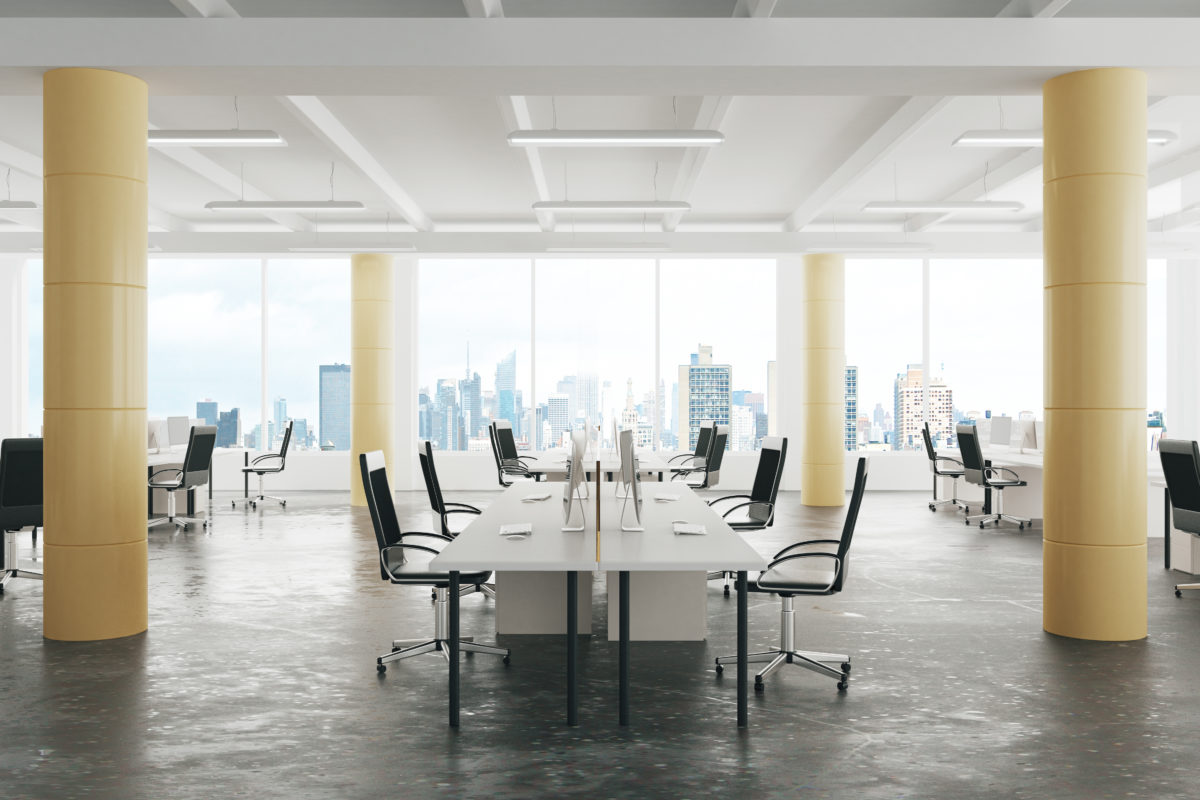After more than 15 months of almost exclusively remote-based work, many companies intend to bring their workers back to the office this September. However, the stakes are high for brands if they cannot appropriately meet their worker’s needs given a growing movement in the U.S.: The Great Resignation.
As we saw from employee surveys nearly a year into the pandemic, more than half of workers wanted remote-based work to be their primary way of working moving forward. We even questioned if it was time to say goodbye to the corporate office forever.
Now, as companies finally prepare their return to the office, employees are standing their ground and may even quit their job to preserve their work-life balance. But not all employers are willing to adopt a hybrid-first workplace model.
Let’s explore the latest data around employer and employee expectations for the future of work to understand where the disconnect is.
Employees View Workplace Flexibility As Essential
It should be no surprise that workers are hesitant to return to the “old way” of work. However, given the right tools, employees are just as productive at home and can more effectively balance their work and personal needs.
Studies up through July 2021 reinforce the employee demand to maintain flexible work policies:
- Global staffing firm Robert Half found that one in three professionals working remotely would leave their job if required to return to the office full time.
- A FlexJobs survey found that 65% of remote workers want to stay full-time remote after the pandemic, and 58% would absolutely look for a new job if they cannot continue remote work. Only 11% said that remote work is not a priority.
- A Monster poll shows that 32% of workers are seeking a job change because of burnout, with 29% citing a lack of job growth opportunities as the reason for their search.
These surveys show that employees enjoy a range of benefits from workplace flexibility, including the freedom to set their preferred office hours, the ability to create a personal, distraction-free workspace, and relaxed workplace attire requirements.
To further increase their workplace satisfaction, workers hope to re-imagine how productivity is measured, with 86% of professionals surveyed by Citrix preferring to work for a company that prioritizes outcomes over output.
Employers Split On Hybrid And In-Person Models
Despite the clear enthusiasm from workers for remote-friendly working policies, a portion of companies would prefer to return to predominately in-person work:
- A CNBC survey found that 45% of companies will lead with a hybrid workforce model in the second half of 2021, with 32% indicating an “in-person first” model.
- 39% of small business owners said they would fire employees who refused to return to the office full-time.
- Most hybrid work models will allow for up to two days of remote work a week, with only 17% of companies offering remote work up to four days a week.
Already, this data suggests that employer and employee desires are misaligned. But perhaps the most alarming of the data is that only 8% of C-suite and HR leaders expect their employees to quit once COVID restrictions are fully lifted. 25% believe that no one will quit.
Bridging the Future of Work Divide
As seen by these recent studies, a company’s hybrid working arrangements (or lack thereof) will be a significant factor for employees as they decide whether to join in The Great Resignation.
Companies simply cannot afford to neglect their employee needs when planning a return to the office. Employees are not bluffing, and they will leave your company in search of more flexible work if it is a priority for them.
There is no one-size-fits-all approach for teams to plan a hybrid work arrangement, but it starts with a simple conversation. Talk with each of your team members. Seek to understand their preferences for the future of work. And use your actual team feedback to build your plan, instead of relying on executive orders and trusting unfounded assumptions.
The Role Of Technology in Hybrid Work
Regardless of the exact breakdown between in-person and remote-based work at a company, one thing is clear: employees need robust, standardized, and integrated virtual tools that help them collaborate with their colleagues, no matter where they’re based.
Learn more about how the Frameable suite of collaboration tools was built to support a healthy remote and hybrid working team culture, with intuitive features that can increase productivity and enhance collaboration no matter where employees are located.





